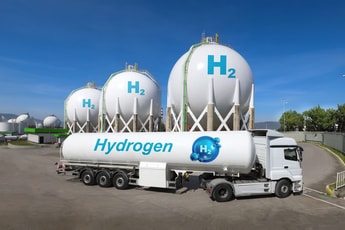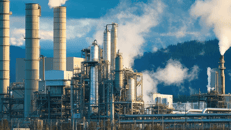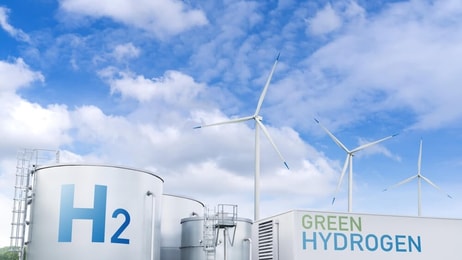Electrolyser capacity grows but hydrogen obstacles remain
Total electrolyser capacity that has reached final investment decision (FID) now stands at 20 gigawatts (GW) globally, according to the IEA’s annual Global Hydrogen Review 2024.
In another positive sign, the number of projects that have reached FID has doubled in the past 12 months, which would increase today’s global production of low-emissions hydrogen fivefold by 2030. Installed water electrolyser capacity reached 1.4 GW by the end of 2023 and could reach 5 GW by the end of 2024.
But persistent challenges remain, both within the electrolyser sector and broadly across the hydrogen industry. Underutilised factory capacity could drive up electrolyser manufacturing costs by up to four times, the report warns.
... to continue reading you must be subscribed
























